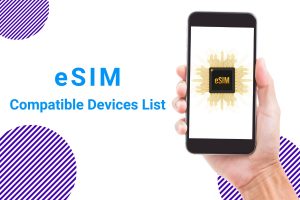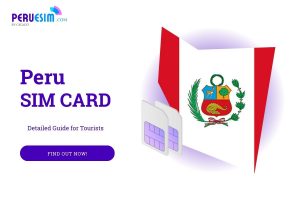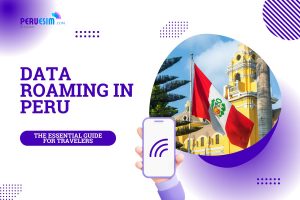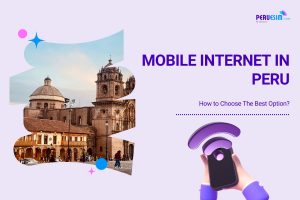Finding and using free Wi-Fi in Peru is one of the easiest ways to stay connected without using mobile data. This guide will help you locate reliable Wi-Fi spots: airports, cafés, malls, and public areas, while also pointing out the pros and cons of public networks. You’ll find key safety tips to protect your data and help you request the password. Whether navigating the city or messaging home, this guide ensures you can stay online easily and at no cost.
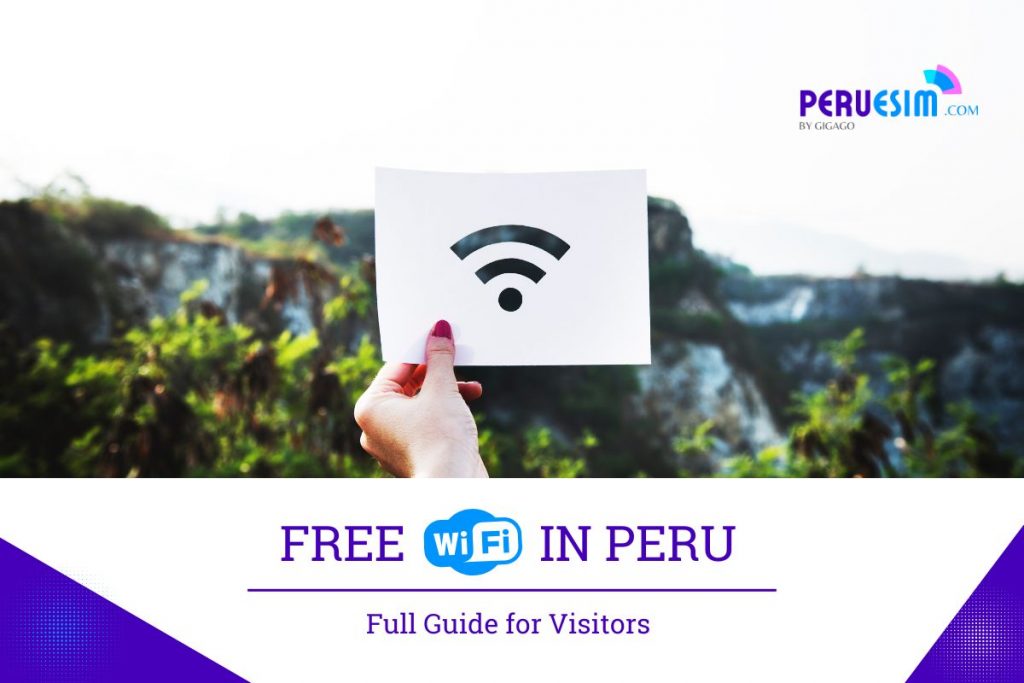
Table of Contents
I. Where to Find Free Wifi in Peru for Tourists
Finding free Wi-Fi in Peru is relatively easy, especially in urban areas and popular tourist destinations. Here are some of the best places where tourists can access free Wi-Fi during their stay:
Airports and Transportation Hubs
- Most major airports in Peru, like Jorge Chávez International Airport in Lima, offer free Wi-Fi to travelers. Though the signal might weaken in crowded areas or require a quick sign-in, it’s a reliable option for checking emails or downloading maps before heading out.
- Some bus terminals, such as those operated by Cruz del Sur or Peru Hop, also provide free Wi-Fi, though speeds can vary depending on the location and number of users.
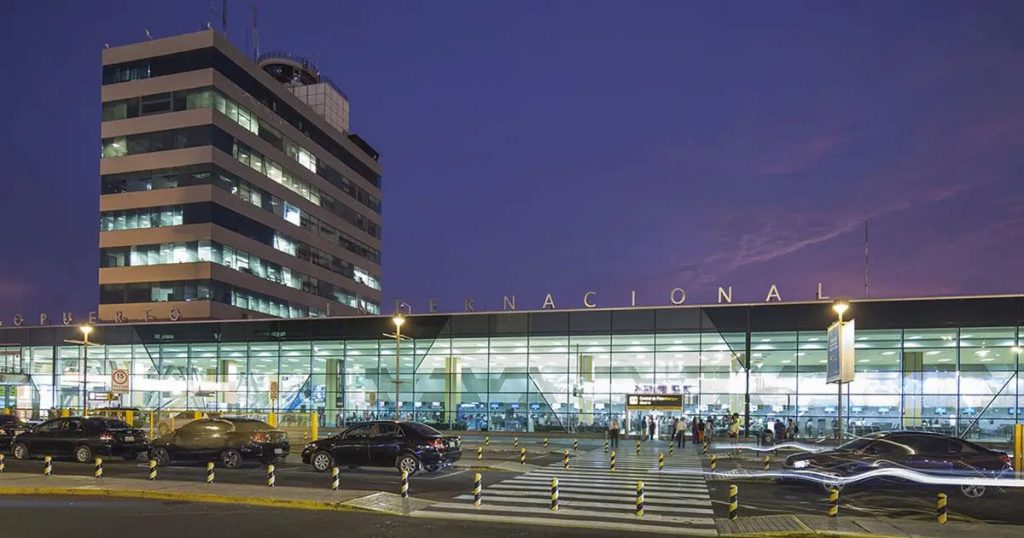
Shopping Malls
- Large shopping centers like Jockey Plaza in Lima or Real Plaza in cities like Cusco and Trujillo offer free Wi-Fi throughout the mall. You may need to register on a portal to access the service.
- Malls are perfect places to relax, shop, and use the internet, especially when you need a quick break from sightseeing.
Cafés and Restaurants
- Peru’s urban areas, especially in cities like Lima, Cusco, and Arequipa, are dotted with cafés and restaurants that cater to tourists and digital nomads alike.
✨Tip: Purchase a drink or food item to enjoy the Wi-Fi while supporting local businesses.
Hotels and Hostels
- Many accommodations in Peru, from budget hostels to mid-range hotels, offer complimentary Wi-Fi to guests. In tourist-heavy areas like Miraflores in Lima or the historic center of Cusco, even the most affordable hostels typically provide decent connections in common areas, though room signals can sometimes be spotty.
- By taking advantage of these free Wi-Fi spots, Peru tourists can stay connected to the internet for navigating, staying in touch with family, and sharing their experiences without worrying about expensive data charges.
II. Advantages & Disadvantages of using Free Wifi in Peru
Free Wi-Fi is widely available in Peru, especially in urban areas, tourist hotspots, and establishments like cafes, hotels, and airports. While it can be a convenient option for travelers and locals alike, it comes with both benefits and drawbacks worth considering.
Advantages of using Free Wifi in Peru
- Cost Savings: Free Wi-Fi eliminates the need to purchase expensive data plans or roaming packages, making it budget-friendly for tourists and residents.
- Accessibility: Many public places like plazas, restaurants, and libraries in cities offer free Wi-Fi, providing easy internet access.
- Convenience for Travelers: It’s ideal for checking maps, booking tours, or staying connected without relying solely on mobile data.
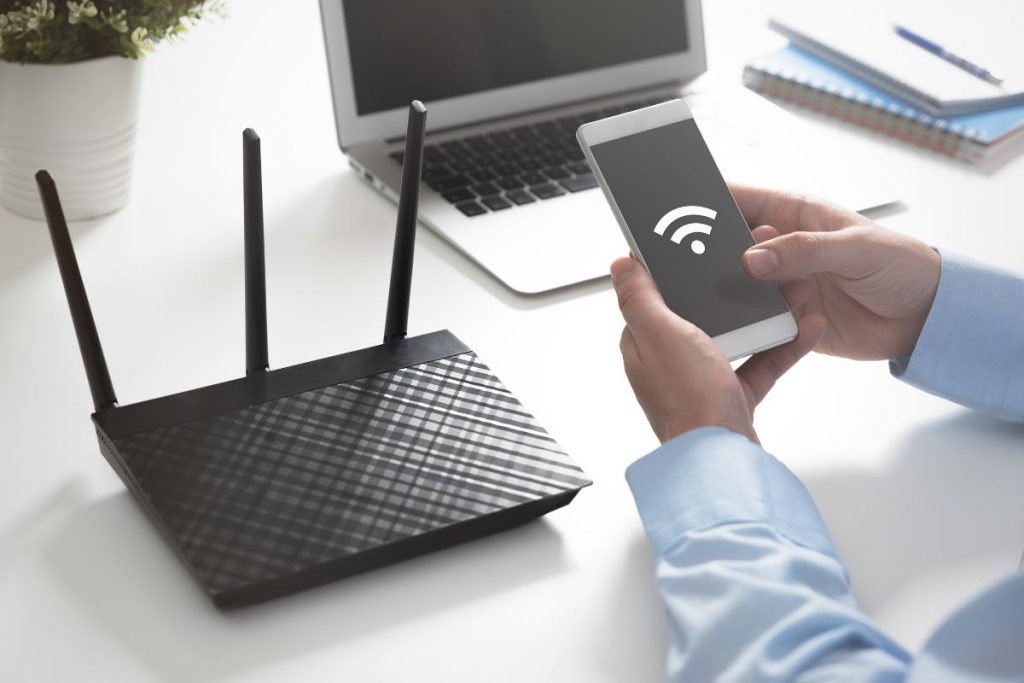
Disadvantages of using Free Wifi in Peru
- Security Risks: Public Wi-Fi networks are often unsecured, making users vulnerable to data theft, hacking, or phishing attacks.
- Unreliable Speeds: Free Wi-Fi can be slow or inconsistent, especially in crowded areas or during peak hours, frustrating users who need stable connections.
- Limited Coverage: While available in urban centers, free Wi-Fi is scarce in rural areas or off-the-beaten-path destinations like the Amazon or highlands.
- Time Restrictions: Some locations impose usage limits, requiring frequent reconnections or offering access only to paying customers.
III. Tips for Using Free Wifi in Peru
Using free Wi-Fi in Peru can enhance your experience if approached wisely. These practical tips will help you stay connected safely and efficiently while navigating the country.
- Use a VPN: Install a reputable Virtual Private Network (VPN) to encrypt your connection and protect sensitive data, especially on unsecured networks.
- Verify the Network: Confirm the Wi-Fi name with staff at cafes, hotels, or public spaces to avoid connecting to fake or malicious hotspots.
- Avoid Sensitive Transactions: Refrain from online banking or entering personal details over free Wi-Fi to minimize the risk of data breaches.
- Keep Devices Updated: Ensure your phone, tablet, or laptop has the latest security patches and antivirus software to guard against threats.
- Monitor Usage Time: Be aware of time limits at airports or cafes, and plan your online tasks accordingly to avoid interruptions.
- Bring a Backup: Carry a local SIM card or portable Wi-Fi device as a fallback for areas with poor or no free Wi-Fi access.
- Conserve Battery: Public Wi-Fi hotspots may lack nearby charging options, so use a power bank to keep your device running during extended use.
✨Practical tips:
- Public Wi-Fi is convenient, but often unreliable and poses security risks. eSIM provides a private, seamless, high-speed mobile connection, keeping you online wherever you go without the hassle of searching for Wi-Fi. Discover more about eSIM at peruesim.com!
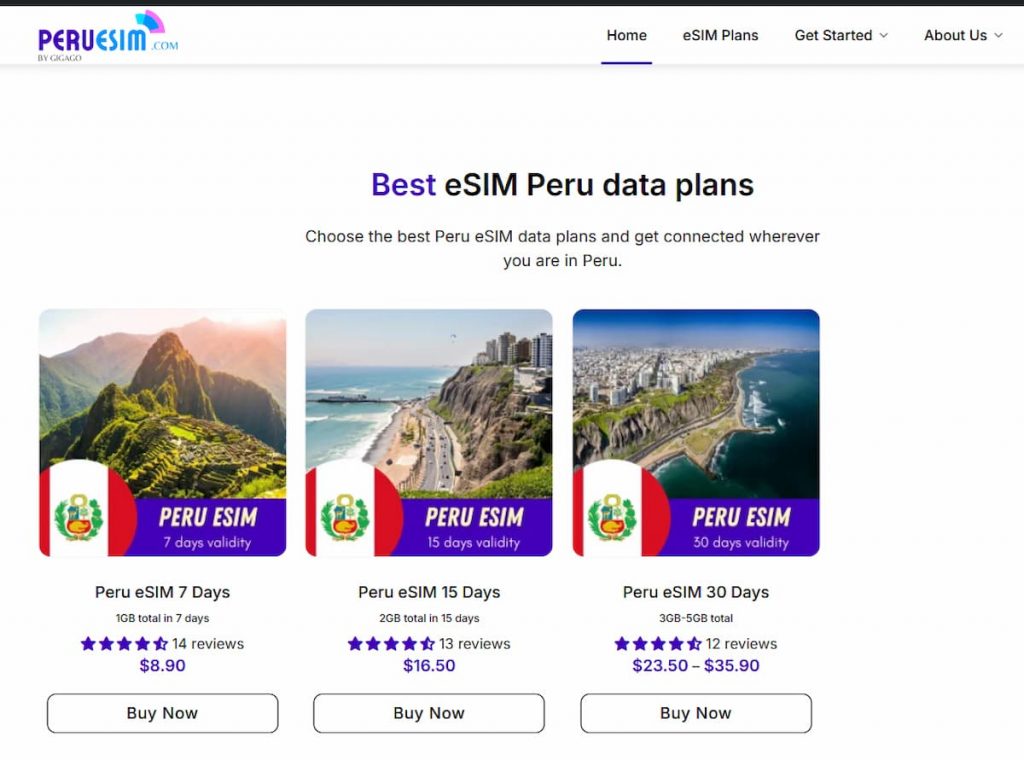
IV. Conclusion
Staying connected during your trip to Peru doesn’t have to be a challenge, thanks to the availability of free Wi-Fi. Whether you choose to use free Wi-Fi in cafes, airports, or public spaces or opt for the convenience and flexibility of an eSIM, there are plenty of options to keep you connected without breaking the bank.
Just be mindful of security when using public networks and take advantage of the many benefits eSIM offers, such as easy activation and the ability to switch between networks seamlessly. With a bit of planning, you can stay connected and enjoy your travels in Peru with ease.
